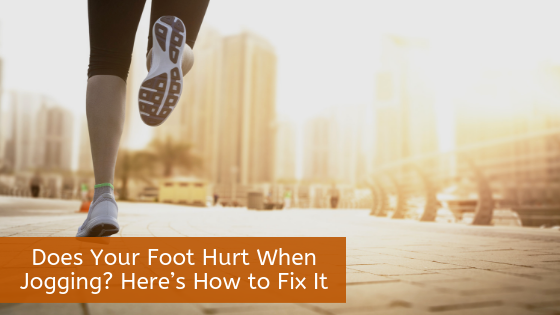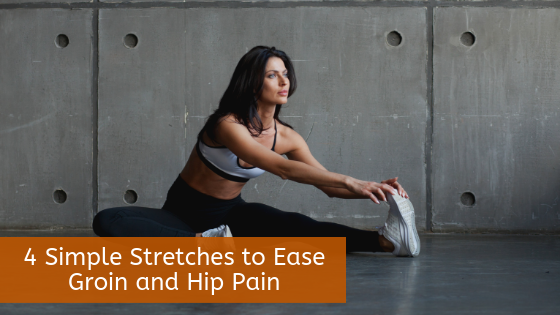What is Tendonitis?
Tendons are thick fibrous tissues made that connect muscle to bone, they are elastic in nature and have to “stiffen” when our muscles contract. For example, to move your shoulder, the tendon that connects your shoulder muscles to your shoulder joint stiffen as a response of the muscles contracting resulting in movement. Tendonitis is when this fibrous tissue becomes inflamed. Inflammation of tendons ca n be expressed as pain, tenderness or mild swelling initially, if left untreated, tendonitis could lead to the need of surgical intervention.
Where could Tendonitis happen?
Tendonitis can occur wherever tendons are, the most commonly affected areas are shoulders, elbows, wrists, thumbs, hips, knees and heels as those tend to be the most commonly used joints
What causes Tendonitis?
- Age
Tendons are made up of collagen, the production of collagen decreases with increasing age. This causes tendons to be less flexible and more prone to injuries; this is often seen in people over the age of 40.
- Activity
Specific sports or repetitive movements are another cause. If the nature of sport or work includes repetitive and/ or forceful movements, it leads to recurring high loads of tension on a specific joint/ tendon. Overtime, this leads to the tendons deterioration which is exacerbated as inflammation of the tendons in its early stages. Golfers and overhead reaching during work are examples of such activities that include forced repetitive movements, potential incorrect posture and body movements are other causes. Furthermore, the incorrect equipment, for example non-supportive shoes or uneven and hard surfaces such as running on gravel could lead to tendonitis.
- Medications and Health
Some medications such as antibiotics or corticosteroids might elevate the risk of developing tendonitis. Diseases such as diabetes also increase risk of developing tendonitis.
How to Treat Tendonitis?
Early intervention is the best for tendonitis, if tendonitis is left without treatment and injury pertains, it could develop into a tear that may need surgical intervention. Treatment can be broken into passive and active phases:
Passive Treatment:
Prescribing anti-inflammatory medication to help reduce the inflammation of the tendon is usually one of the early steps to treat tendonitis. When treating acute tendonitis, treating therapists follow the P.R.I.C.E principle, which is
- Protection: use devices or tools to prevent further injury, for example splints, protective tape and ace bandages.
- Rest: stop activities that have lead to the overuse of the tendon. Determining the cause and resting are the major steps of preventing further inflammation and deterioration of tendons.
- Ice: ice the injured area for 20 minutes at a time; this is hugely beneficial in the initial weeks of the injury to reduce inflammation levels.
- Compression: after icing the area, a compression wrap should be applied to act as a mechanical barrier reducing any ongoing swelling.
- Elevation: similar to icing, elevation has great benefits when applied immediately post-injury. Elevation helps reduce blood flow to the injured area reducing swelling and inflammation.
Other than PRICE and anti-inflammatory medication, Inferential current therapy (IFC), Transcutaneous electrical nerve stimulation (TENS), ultrasound treatment and other physiotherapy modalities can be used to aid in the process of recovery.
Active Treatment:
Passive Treatments on their own are not enough to fully treat musculature injuries, hence why active physical therapy treatment should always be coupled with passive treatment when possible. When it comes to tendonitis injuries, it varies among individuals, based on the degree of the injury but also how long has it been since the tendons started being affected.
Exercise within the early stages of the injury could lead to more strain and inflammation of tendons, hence should be avoided. Once cleared by the treating therapist, strengthening the muscles surrounding the joint and connected to the injured tendon is the goal in order to prevent future injury.
Active recovery focuses on improving range of motion (ROM) of the joint and stretching potential of the tendon itself. Once patients improve in those aspects, strengthening exercise of the muscles will be incorporated. Stretching and ROM exercises insure that not only the muscle, but the tendon itself is getting accustomed to a healthier range of motion. Strengthening exercises lead to better muscles connected to the injured tendon, better and stronger musculature decrease the risk of injury greatly.
Future Tips for Prevention
After passive exercise has begun, active recovery must always be incorporated. Once you think you are done treatment, stretching and warming up before any exercise or strenuous activity should always be the first step. To avoid future injury after recovery:
- Rest when in pain and discontinue cause of injury.
- Warm up and stretch thoroughly before sports and exercises, cool down after and stretch again.
- Stretch before beginning work, and take mini breaks to move your muscles around to give them a break from repetitive movements at work.
- Focus on building muscles strength and flexibility.
- Use the correct equipment and proper range of motions for activities.
Sources:
https://www.mayoclinic.org/diseases-conditions/tendinitis/symptoms-causes/syc-20378243
https://www.sportsmd.com/sports-injuries/knee-injuries/how-to-treat-tendonitis/
https://www.sportsmd.com/acute-sports-injury-treatment-using-p-r-c-e-principle/
https://www.urmc.rochester.edu/encyclopedia/content.aspx?contenttypeid=1&contentid=739
https://www.webmd.com/fitness-exercise/arthritis-tendinitis
https://www.endeavorrehab.com/2020/07/17/treatments-for-tendonitis-with-physical-therapy/
https://www.mayoclinic.org/diseases-conditions/tendinitis/symptoms-causes/syc-20378243








